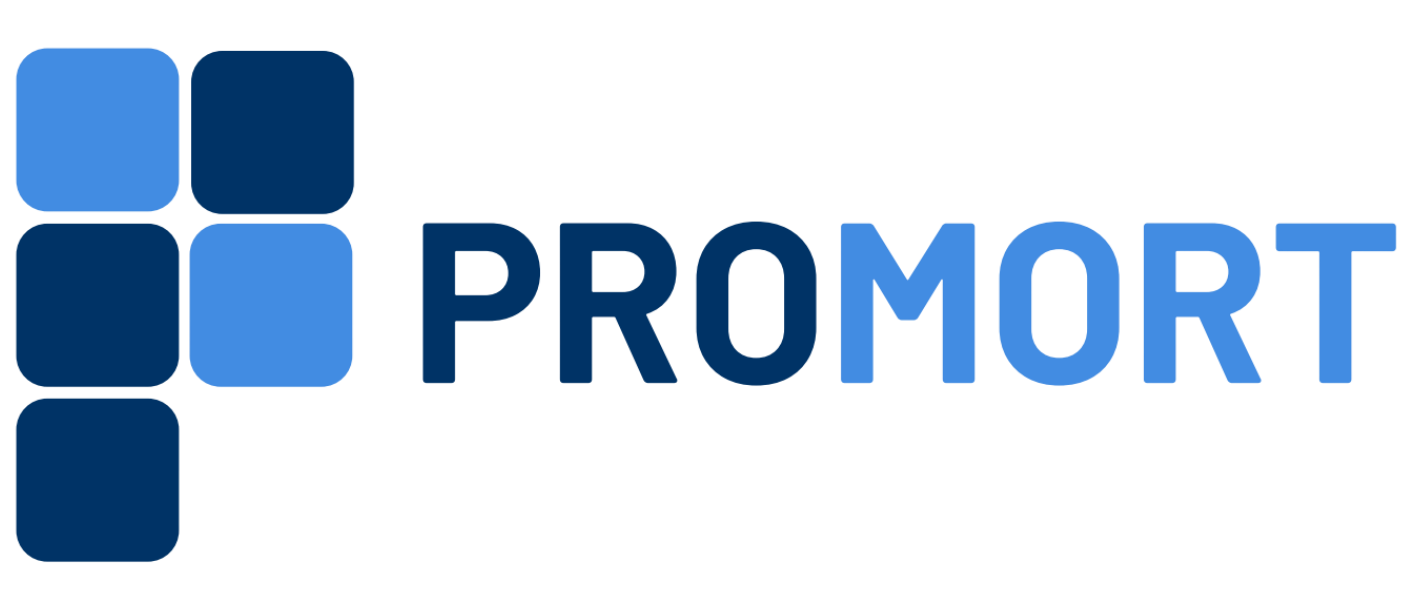Tariffs, which are in effect import taxes, have become a large issue in the U.S. housing market. While the main goal of tariffs is to support domestic industries and jobs, they do not stop at improving the trade balance. In the housing field, tariffs are particularly impacting basic building materials like lumber, steel, and gypsum. That increase in material costs in turn raises new home prices, and that in turn slows down the build-out of new homes, reduces supply, and at the end, that results in higher overall cost of homes for the buyer. Past their direct effect on the construction costs, tariffs play in the larger economic game of uncertainty and inflation. This is very present in what we see in mortgage interest rates.
Mortgage rates are related to the yield of U.S. Treasury bonds, and inflation, which is in large part brought on by tariffs, goes on to push those yields up also, which in turn pushes up mortgage rates. That set of higher home prices and high mortgage rates greatly decreases the affordability of homes, and in that way, we see that there are large barriers put in place for families looking to get into the housing market or trade up to a better home. See in this very complex interplay of tariffs, mortgage rates, and housing costs is the key to how we are to navigate today’s real estate landscape.
How Tariffs Affect Mortgage Rates

Tariffs play a role in raising inflation and creating economic uncertainty, which in turn affects mortgage rates. As inflation goes up, we see bond yields go up, which in turn raises mortgage rates. We see that the market response to the tariffs’ announcement causes short-term mortgage rate fluctuations.
- Inflation Pressure: Tariffs cause prices of goods to go up, which causes inflation.
- Higher Bond Yields: Inflation expectations cause Treasury yields to go up, which in turn sees mortgage rates go up.
- Mortgage Rate Volatility: Tariffs create an uncertain economic environment, which causes mortgage rates to fluctuate.
- Investor Behavior: The Market’s reaction to tariff news at times causes mortgage rates to drop as investors put money into what they see as safe assets.
Impact on Home Construction Costs

Tariffs on basic building materials increase what home builders pay. This raises the price of new build homes and may slow housing supply growth, which pushes up home prices.
- Increased Material Costs: Tariffs add 4% to 6% or more to lumber, steel, and other materials.
- Supply Chain Disruptions: Dependence on imports means tariffs mess with material supply.
- Reduced Builder Margins: Higher costs may delay or cancel out some construction projects.
- Higher Home Prices: Increased expenses for home builders pass through to home buyers.
Consequences for Home Affordability
The combined effect of rising mortgage rates and construction costs makes homeownership less affordable. Higher monthly payments and limited housing supply create barriers for many potential buyers.
- Rising Monthly Payments: Higher mortgage rates increase financing costs.
- Limited Housing Supply: Lack of new homes drives up prices.
- Barrier for Buyers: Affordability issues are on the rise, which in turn is making it hard for people to buy a home.
Conclusion
Tariffs play a large and complex role in the housing market, affecting the cost of building homes and the cost of financing them. What we see is that due to tariffs on imported construction materials, which push up prices, we see home builders pass those costs on in the form of higher home prices, and we see a drop in the number of new homes being built. This reduction in the supply of housing plays into the issue of affordability, as we see demand outstrip what is put forth in supply. At the same time, tariffs play a role in putting up inflation, which in turn causes mortgage rates to go up, thus increasing the monthly payments for home buyers and in the process reducing their purchasing power.
For the average home buyer, these combined results mean that it is harder and more expensive to enter the housing market or to upgrade to a better home. That is why it is of great importance for policymakers and members of the industry to pay attention to the wide-reaching economic issues presented by tariffs and to put in place solutions that will mitigate the issues of housing affordability. This may be through trade talks, targeted subsidies, or incentives for the production of building materials at home, but in any case, the issue must be addressed to have a more open and stable housing market for all Americans.
(FAQs)
- How do interest rates affect mortgage rates?
Federal funds rate: As the Fed rate goes up, so do mortgage rates and vice versa. 10-year Treasury yield: Because of the length of mortgage loans, which are longer term, they track the 10-year Treasury yield more so than short-term yields (like the fed funds rate).
- How do tariffs affect the economy?
While raising the corporate tax rate is a large economic disruptor, tariffs affect GDP and wages by a factor of two or more. All groups of households see a drop in living standards. The economic estimates are conservative, we may see even greater impacts.
- What are the short-term effects of tariffs?
In the short term, large tariff changes may bring on a recession and high unemployment. A tariff is an import tax that also serves to put the “brake” between the prices paid at the cash register and the prices at which producers sell.
- What is the difference between interest rate and mortgage rate?
Mortgage interest rates are the base cost of the loan for a certain time frame also the APR includes other fees associated with the loan.
Clarity and tailored support is what it takes to effectively navigate through these economic issues. The goal is to put you in the driver’s seat with the information and resources that will help you make informed choices in the mortgage field. Visit promort.com to learn more about our services and how we can assist your business in this dynamic environment.
Get free consultation HERE.



